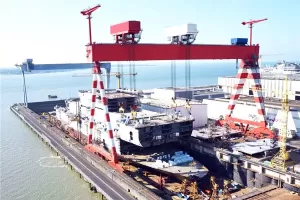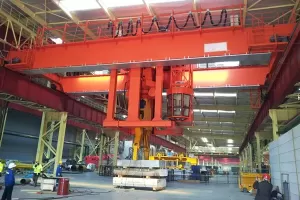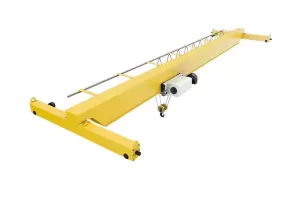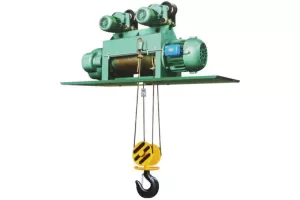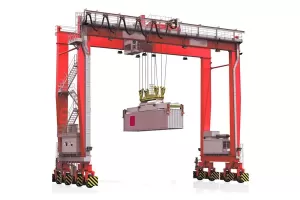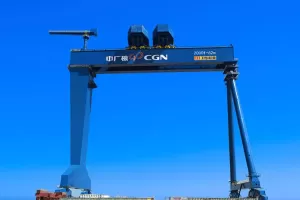Container cranes are essential equipment for managing cargo movements at ports and shipping yards. These cranes are purpose-built to handle the heavy load of container stacks and allow for efficient loading and unloading of cargo from ships. The Indian market is a growing hub for global container trade, and hence the purchasing of container cranes is a topic of significant interest.
As an expert in Google SEO and container crane equipment, I have gathered valuable insights into the factors that Indian customers should keep in mind when purchasing container cranes. In this blog, I will discuss some crucial considerations that should guide their decision-making process.

Types of Container Cranes: Shipping Crane, Port Crane or Container Crane
Before making a decision, buyers should first consider the type of container crane that would suit their needs, depending on the nature of their operations or the port’s cargo-handling capacity. Generally, there are three types of container cranes:
- Shipping Cranes: These cranes are located on the edge of the wharf or quay and used to load and unload ships directly. They are essential for ports with limited land space and are typically used for smaller ports.
- Port Cranes: These cranes are located in the yard pond, and their main function is moving containers from one place to another within the port. They are useful for ports with a larger area and can handle more cargo.
- Container Cranes: These are the most common type of crane, and they are used for both ship-to-shore and container transfer operations. They are large, towering structures designed for lifting containers into and out of ships and also move containers around the yard.
Budget and Cost of Investment
The budget is an essential consideration for any business investment, and the same applies to container crane purchasing. Buyers should evaluate their budget, keeping in mind not only the initial cost of buying the crane but also the ongoing expenses such as maintenance, repair and operating costs.
The cost of purchasing a container crane can vary significantly, depending on several factors such as the type of crane, the brand, and the size. It pays to do thorough research on the available options and compare prices from different vendors.
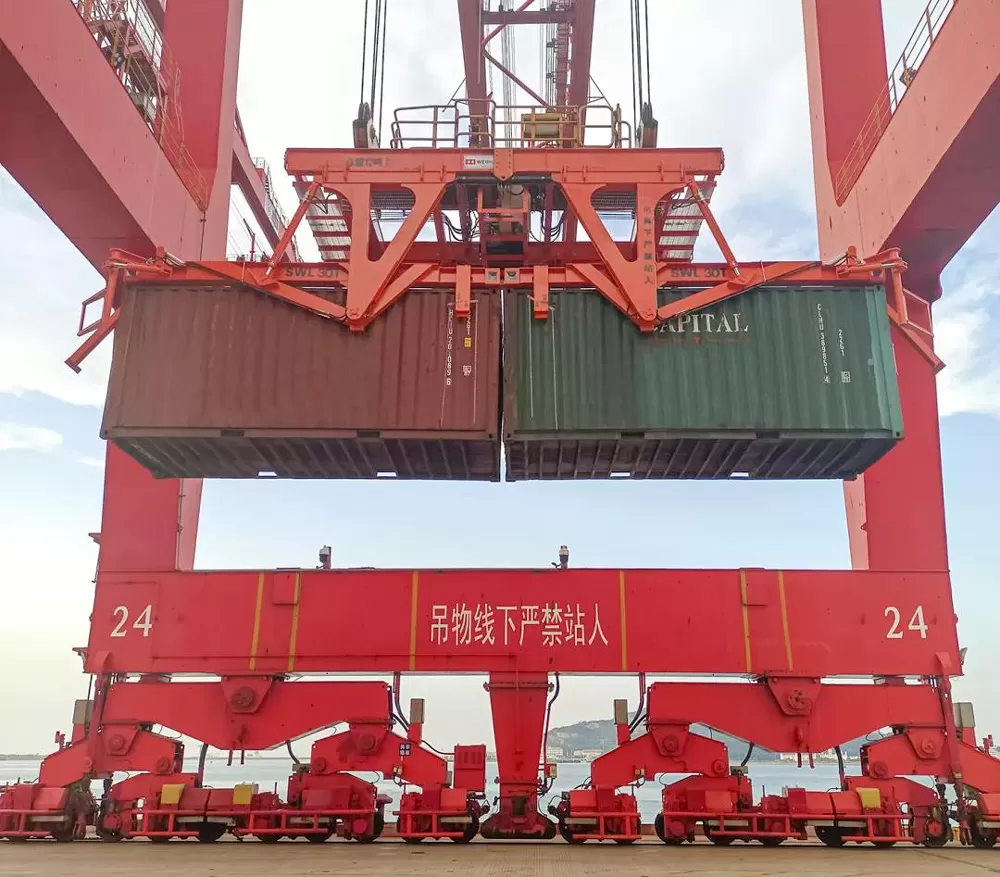
Technology and Features
With advancements in technology, container cranes have become more advanced in their capabilities, features, and automation. Buyers should consider the technology and features that come with the crane they intend to purchase. Some advanced features include automation systems, anti-sway technology, load-sensing technology, and remote monitoring systems which can improve safety, efficiency, and productivity.
Maintenance and Servicing
Container cranes require regular maintenance to ensure their safety, longevity, and optimal functionalities. Buyers should evaluate the maintenance and servicing guarantees from the vendor at the point of purchase. Regular maintenance can prevent unnecessary damages and costly repairs, hence making it essential to select a vendor that provides maintenance and servicing solutions.
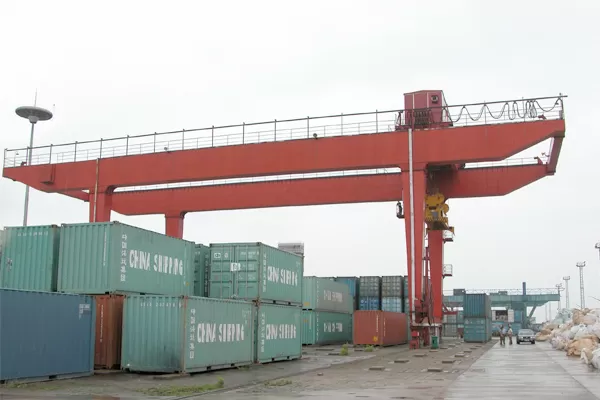
Conclusion
In conclusion, choosing a container crane that fits your budget, working conditions, and cargo capacity is essential. Purchasers should consider the type of crane, budget, technology and features, and maintenance and servicing guarantees, among other factors when making a selection. The Indian market is ripe for investment in container cranes, and with the right considerations in place, the investment can pay off with increased efficiency, productivity, and growth.


